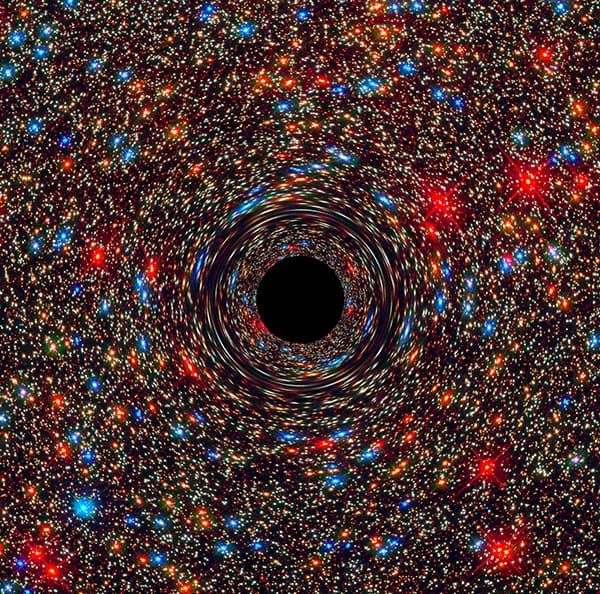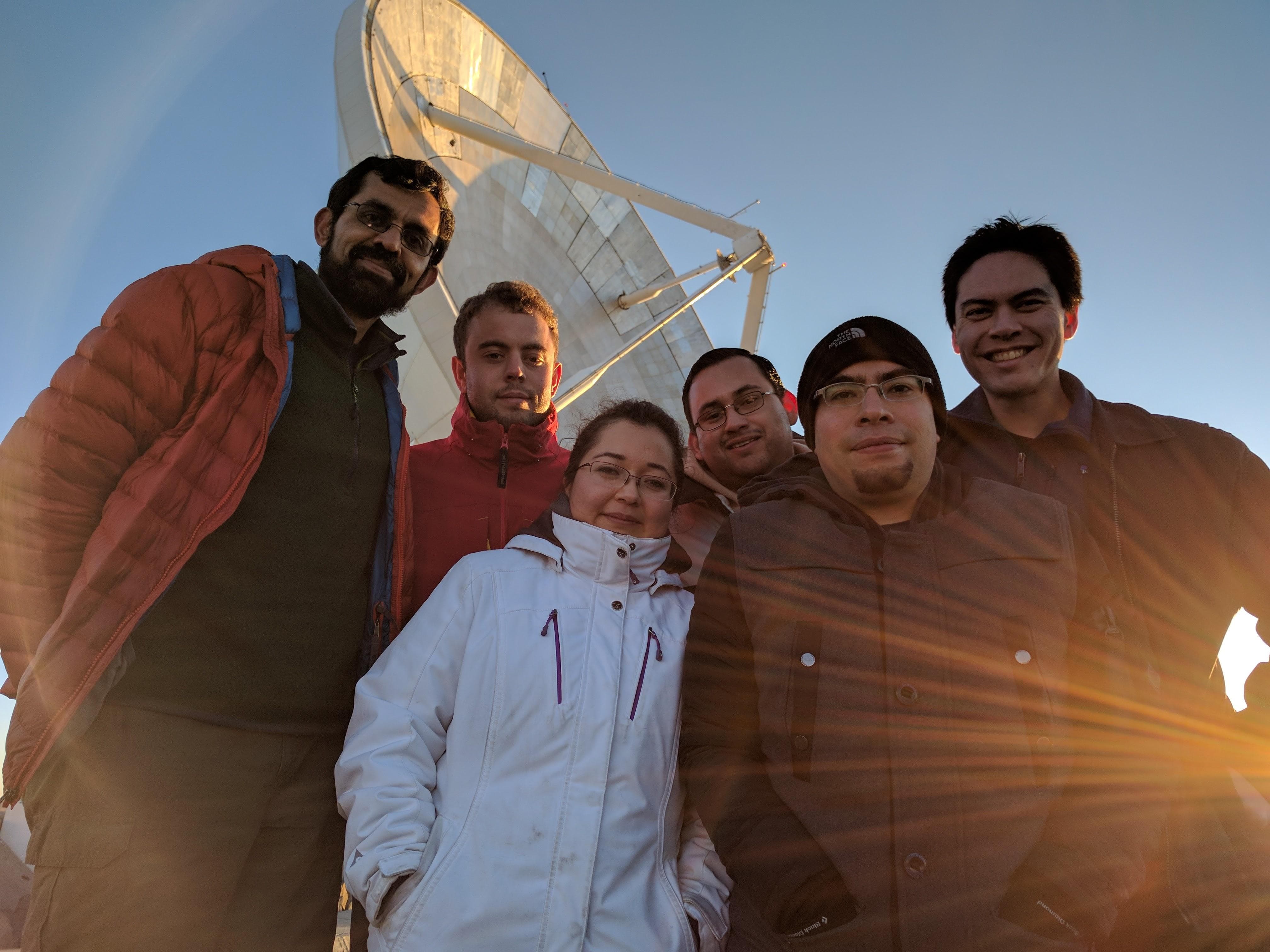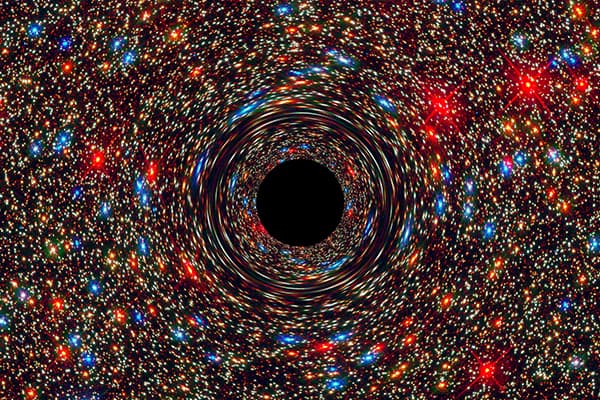
A computer-simulated image of a black hole.
Credit: NASA, ESA, and D. Coe, J. Anderson, and R. van der Marel (STScI)
Scientists from around the world are currently attempting to capture the first ever photograph of a black hole. Starting a few days ago on April 5th, and lasting until April 14th, a number of observatories in the US, South America, Antarctica and Spain are working together to create what is, in effect, a radio telescope the size of the planet in the hopes of photographing the supermassive black hole theorized to sit in the centre of the Milky Way galaxy – Sagittarius A*.
The project has been dubbed ‘Event Horizon Telescope’ (EHT). It is estimated that it will only be with all of these observatories working together – and calibrated carefully to account for weather and temperature – for several days that the requisite capacity will be reached to capture the the black hole. More accurately, they are working together to capture the event horizon of the black hole – the point of no return past which no light can escape.
Over 28,000 light years away and 4 million times the size of our own sun, Sagittarius A* is the closest of such celestial bodies to the Earth. But, research project member Gopal Narayanan points out, even at that distance, the event horizon is so small it requires an Earth-sized telescope dish to image it. “It’s like trying to image a grapefruit on the surface of the moon,” he says.

Narayanan (left) with some of the EHT post-graduate team members
The technique of binding together telescopes for more advanced imaging is certainly not new, but has never been attempted on a scale like this before.
During the week, the team will also be attempting to image the event horizon of the (even larger) black hole at the centre of Galaxy M87, with slightly mind-bendingly huge dimensions – 8-billion times the mass of our sun.
Speaking of the importance of capturing the project, Narayanan writes: “At the very heart of Einstein’s general theory of relativity there is a notion that quantum mechanics and general relativity can be melded, that there is a grand, unified theory of fundamental concepts. The place to study that is at the event horizon of a black hole.”







